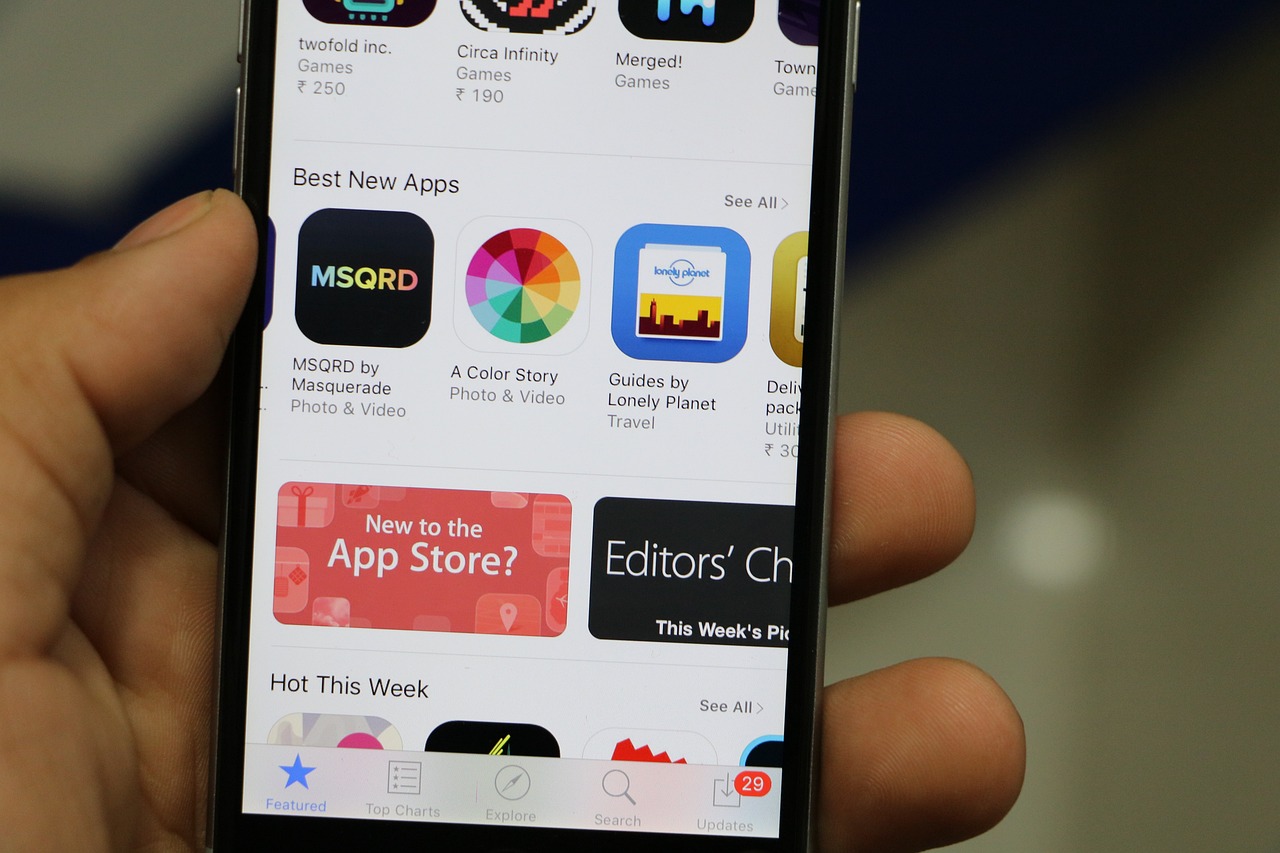In the competitive landscape of mobile applications, user retention stands as the cornerstone of long-term success. While acquiring users is undoubtedly important, the true measure of an app’s viability lies in its ability to keep users engaged and active over time. This article delves into key strategies, tools, and best practices that can significantly improve user retention rates for your mobile app.
Understanding User Retention
What is User Retention?
User retention refers to the percentage of users who continue to use an app over a specified period. This metric is typically measured at various intervals, such as Day 1, Day 7, or Day 30 after initial installation. The formula for calculating retention rate is:
Copy
Retention Rate = (Number of Users at End of Period / Number of Users at Start of Period) x 100
Tracking retention rates at different stages provides valuable insights into user engagement patterns and helps identify critical points where users tend to drop off.
Common Challenges in User Retention
Mobile app developers often face several obstacles when trying to maintain high retention rates. Some of the most common challenges include:
- Poor user experience
- Lack of perceived value
- Complicated onboarding process
- Intense competition in the app market
- Technical issues or bugs
- Inconsistent or irrelevant push notifications
- Failure to meet user expectations
Strategies to Improve User Retention
Optimize Onboarding Experience
A smooth and intuitive onboarding process is crucial for reducing early churn and setting the stage for long-term engagement. Consider the following tips to enhance your app’s onboarding:
- Simplify registration: Allow social media sign-ups or guest modes to reduce friction.
- Provide guided tutorials: Offer interactive walkthroughs of key features.
- Set clear expectations: Communicate the app’s value proposition upfront.
- Progressive onboarding: Introduce features gradually to avoid overwhelming users.
- Personalize the experience: Tailor onboarding based on user preferences or demographics.
| Onboarding Step | Purpose | Impact on Retention |
|---|---|---|
| Welcome Screen | Introduce app’s value proposition | +15% Day 1 retention |
| Feature Highlight | Showcase key functionalities | +10% Week 1 retention |
| Personalization Questions | Tailor user experience | +20% Month 1 retention |
| Tutorial Completion | Ensure users understand core features | +25% overall retention |
Personalize User Experience

Personalization is a powerful tool for increasing user engagement and retention. By tailoring the app experience to individual preferences and behaviors, you can create a more compelling and relevant interaction for each user.
Ways to personalize the user experience:
- In-app notifications based on user behavior
- Customized content recommendations
- Targeted offers and promotions
- Adaptive user interfaces
- Personalized onboarding paths
A study by Braze found that personalized messaging can increase user retention by up to 190% compared to generic messaging.
Leverage Push Notifications
Push notifications are an effective way to re-engage users and bring them back to your app. However, it’s crucial to strike the right balance to avoid annoying users and potentially causing them to uninstall your app.
Best practices for push notifications:
- Relevance: Ensure notifications are contextually relevant to the user’s interests and in-app behavior.
- Timing: Send notifications at optimal times based on user activity patterns.
- Personalization: Use the user’s name and tailor content to their preferences.
- Value: Provide clear value in each notification, such as exclusive offers or important updates.
- Frequency: Avoid over-messaging by carefully managing notification frequency.
Implement Gamification and Rewards
Gamification elements can significantly boost user engagement and retention by tapping into human psychology and the desire for achievement and recognition.
Popular gamification techniques:
- Points systems
- Badges and achievements
- Leaderboards
- Progress bars
- Challenges and quests
- Virtual currency
- Levels and ranks
| Gamification Element | Description | Impact on Retention |
|---|---|---|
| Points System | Users earn points for actions | +30% engagement |
| Leaderboards | Competitive rankings | +25% daily active users |
| Achievements | Unlockable badges for milestones | +20% session length |
| Progress Bars | Visual representation of advancement | +15% task completion |
Regularly Update and Improve the App
Continuous improvement is key to maintaining user interest and addressing evolving needs. Regular updates signal to users that the app is actively maintained and worth keeping on their devices.
Areas to focus on during updates:
- New features and functionality
- Performance optimizations
- Bug fixes and stability improvements
- UI/UX enhancements
- Security updates
- Content refreshes
Aim to release updates every 2-4 weeks to keep the app fresh and relevant.
Gather and Act on User Feedback
User feedback is an invaluable resource for improving your app and boosting retention. By actively seeking and responding to user input, you demonstrate a commitment to user satisfaction and continuous improvement.
Methods to collect user feedback:
- In-app surveys
- Email questionnaires
- App store reviews
- Social media monitoring
- User interviews
- Beta testing programs
| Feedback Method | Pros | Cons |
|---|---|---|
| In-app surveys | High response rate, contextual | Can interrupt user experience |
| Email questionnaires | Detailed responses, cost-effective | Lower response rate |
| App store reviews | Public visibility, authentic | Limited interaction |
| Social media monitoring | Real-time insights, broad reach | Requires active management |
Tools and Analytics for Monitoring Retention

Mobile App Analytics Tools
Leveraging the right analytics tools is crucial for tracking and improving user retention. Here are some popular options:
- Google Analytics for Firebase: Offers comprehensive analytics, including retention cohorts and user engagement metrics.
- Mixpanel: Provides detailed user behavior analysis and advanced segmentation capabilities.
- Amplitude: Specializes in product analytics with robust retention and funnel analysis features.
- AppsFlyer: Focuses on attribution and marketing analytics, including retention metrics.
- Localytics: Offers analytics and marketing automation features for improving retention.
| Tool | Key Features | Pricing |
|---|---|---|
| Google Analytics for Firebase | Real-time analytics, crash reporting | Free with paid add-ons |
| Mixpanel | User behavior analysis, A/B testing | Freemium, starts at $25/month |
| Amplitude | Product analytics, cohort analysis | Free up to 10M events/month |
| AppsFlyer | Attribution, fraud protection | Custom pricing |
| Localytics | Push notifications, in-app messaging | Custom pricing |
User Segmentation and A/B Testing
User segmentation allows you to group users based on common characteristics or behaviors, enabling more targeted retention strategies. A/B testing helps identify which features, designs, or content resonate best with different user segments.
Steps for effective A/B testing:
- Identify key metrics to improve (e.g., retention rate, engagement time)
- Form a hypothesis (e.g., “Changing the onboarding flow will improve Day 7 retention”)
- Create two versions of the element you’re testing
- Randomly assign users to each version
- Collect and analyze data
- Implement the winning version and iterate
Case Studies: Successful User Retention Strategies
Case Study 1: Boosting Retention Through Personalization
App: Fitness Tracker “HealthBeat”
Challenge: Low 30-day retention rate of 20%
Strategy: Implemented personalized workout recommendations and progress tracking
Results:
- 30-day retention increased to 45%
- User engagement time increased by 60%
- In-app purchases grew by 35%
Key Takeaways:
- Tailored content significantly improves user perceived value
- Personal progress tracking encourages continued app usage
- Relevance drives both retention and monetization
Case Study 2: Improving Retention with Gamification
App: Language Learning App “LinguaQuest”
Challenge: Users losing motivation after initial enthusiasm
Strategy: Introduced gamification elements including daily streaks, leaderboards, and achievement badges
Results:
- 60-day retention rate improved from 15% to 40%
- Daily active users increased by 75%
- Average session length doubled
Key Takeaways:
- Gamification taps into users’ competitive nature and desire for achievement
- Visual representations of progress encourage consistent app usage
- Social elements like leaderboards create a sense of community and accountability
Conclusion
Improving user retention is a continuous process that requires a deep understanding of your users, constant iteration, and a commitment to providing value. By implementing the strategies discussed in this article, such as optimizing onboarding, personalizing experiences, leveraging push notifications effectively, and incorporating gamification elements, you can significantly boost your app’s retention rates.
Remember to regularly analyze user data, gather feedback, and stay responsive to your users’ evolving needs. With persistence and the right approach, you can create an app that not only attracts users but keeps them engaged for the long term.
FAQs
Q: What is a good user retention rate for mobile apps? A: While it varies by industry, a generally good benchmark is a 30-day retention rate of 40-60% for mobile apps. However, top-performing apps in competitive categories may aim for rates above 80%.
Q: How often should you update your app to keep users engaged? A: Aim for regular updates every 2-4 weeks. This frequency allows for continuous improvement while not overwhelming users with constant changes. Major feature updates can be less frequent, perhaps quarterly.
Q: What are the best tools for tracking user retention? A: Some of the best tools include Google Analytics for Firebase, Mixpanel, Amplitude, and AppsFlyer. The choice depends on your specific needs and budget. Many developers use a combination of tools to get a comprehensive view of user behavior and retention metrics.
